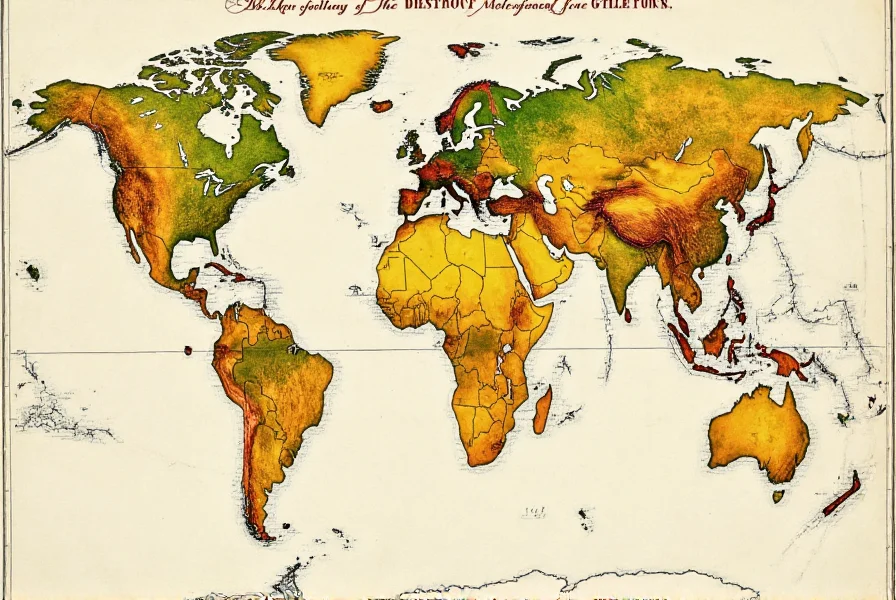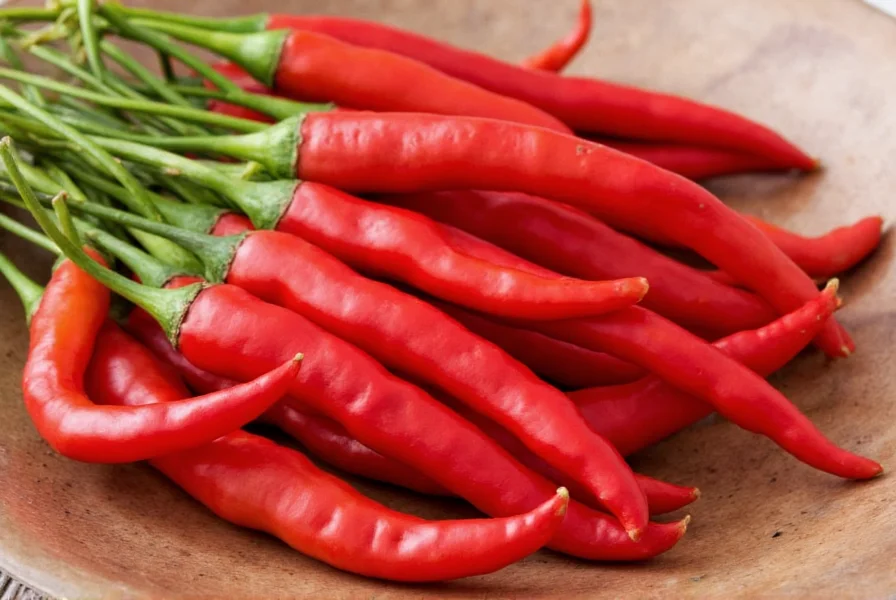For centuries, chili peppers have ignited palates worldwide, but their journey began long before they became kitchen staples across continents. Understanding where chili peppers come from reveals a fascinating story of ancient agriculture, global exploration, and culinary revolution.
The Ancient Origins of Chili Peppers
Archaeological discoveries provide concrete evidence about where chili peppers originated. Excavations at sites like the Tehuacán Valley in Mexico have uncovered chili pepper remains dating to approximately 6,000-8,000 years ago. These findings confirm that Capsicum species were among the earliest plants domesticated in the Western Hemisphere.
Indigenous civilizations including the Aztec, Maya, and Inca cultures cultivated various chili pepper varieties long before European arrival. These ancient cultures used chili peppers not only as food but also for medicinal purposes and religious ceremonies. The word "chili" itself comes from the Nahuatl (Aztec language) word "chīlli."

Botanical Classification and Native Habitat
Chili peppers belong to the genus Capsicum within the nightshade family (Solanaceae), which also includes tomatoes and eggplants. Five primary species of Capsicum were domesticated in the Americas:
| Species | Common Name | Native Region |
|---|---|---|
| Capsicum annuum | Bell peppers, jalapeños, cayenne | Mexico |
| Capsicum frutescens | Tabasco peppers | Central America |
| Capsicum chinense | Habanero, Scotch bonnet | Amazon Basin |
| Capsicum pubescens | Rocoto | Andes Mountains |
| Capsicum baccatum | Aji peppers | Peru, Bolivia |
Despite the scientific name Capsicum chinense suggesting Chinese origins, all Capsicum species are native exclusively to the Western Hemisphere. The misnomer resulted from early European explorers who mistakenly believed they had reached Asia when they encountered these peppers.
The Global Journey of Chili Peppers
The worldwide distribution of chili peppers began with Christopher Columbus's voyages to the Americas in the late 15th century. When Columbus reached the Caribbean in 1492, he encountered chili peppers being used by indigenous peoples and mistakenly identified them as a type of pepper, hence the name "pepper" despite having no relation to black pepper (Piper nigrum).
Spanish and Portuguese traders played crucial roles in spreading chili peppers globally. By the 16th century, Portuguese explorers had introduced chili peppers to Africa, India, and Asia. The introduction to Asia proved particularly transformative, with chili peppers quickly becoming integral to cuisines across India, Thailand, China, and Korea.

Chili Peppers Before and After European Contact
Before European contact, chili peppers were cultivated throughout the Americas from the southern United States to southern Chile. Different regions developed distinctive varieties adapted to local conditions. In contrast to today's global ubiquity, pre-Columbian trade networks limited the spread of specific varieties within the Americas.
The Columbian Exchange dramatically altered the trajectory of chili pepper cultivation. Within just a few decades of European contact, chili peppers had spread to every continent except Antarctica. Their adaptability to various climates and soil conditions, coupled with their culinary value, ensured their rapid adoption worldwide.
Modern Cultivation and Cultural Significance
Today, chili peppers rank among the most widely cultivated spice crops globally. China currently leads in production volume, followed by Mexico, Turkey, Indonesia, and India. Despite this global production, Mexico remains the center of genetic diversity for chili peppers, with hundreds of native varieties still cultivated using traditional methods.
The cultural significance of chili peppers varies dramatically across regions. In Mexico, they remain deeply connected to indigenous heritage and culinary identity. In India, chili peppers have become so integral to cuisine that many consider them native. Thailand, Korea, and Hungary have all developed distinctive pepper varieties and culinary traditions centered around chili peppers.
Scientific Evidence Supporting American Origins
Multiple lines of evidence confirm the American origins of chili peppers:
- Archaeobotanical evidence: Carbonized chili pepper remains found in ancient cooking pots and storage vessels
- Linguistic evidence: Indigenous language terms for chili peppers predating European contact
- Genetic studies: Highest genetic diversity found in Mexican and Central American varieties
- Historical records: Early Spanish accounts documenting indigenous cultivation practices
Research published in the journal Nature Plants in 2014 analyzed the genetic diversity of wild and domesticated chili peppers, confirming Mexico as the primary center of domestication for Capsicum annuum, the most widely cultivated species today.
Frequently Asked Questions About Chili Pepper Origins
Where did chili peppers originate before spreading worldwide?
Chili peppers originated in the Americas, specifically in what is now Mexico and Central America. Archaeological evidence shows chili pepper cultivation dating back 6,000-8,000 years in this region, long before European contact.
How did chili peppers get to Asia if they're from the Americas?
Portuguese traders introduced chili peppers to Asia in the 16th century, approximately 30-40 years after Columbus's first voyage. They brought seeds from the Americas to their trading posts in India, which then spread rapidly throughout Asian cuisines.
Are bell peppers and chili peppers from the same origin?
Yes, both bell peppers and chili peppers belong to the same genus (Capsicum) and share the same American origins. Bell peppers are a specific variety of Capsicum annuum that lacks the capsaicin compound responsible for heat in chili peppers.
Why are they called 'peppers' if they're not related to black pepper?
Christopher Columbus mistakenly identified chili peppers as a type of pepper due to their pungent, spicy quality similar to black pepper (Piper nigrum). Despite having no botanical relationship, the name 'pepper' stuck through common usage.
Which country consumes the most chili peppers today?
China currently consumes the most chili peppers by total volume, though countries like Thailand, India, and Mexico have higher per capita consumption. Mexico remains the center of genetic diversity for chili peppers with hundreds of native varieties still in cultivation.











 浙公网安备
33010002000092号
浙公网安备
33010002000092号 浙B2-20120091-4
浙B2-20120091-4